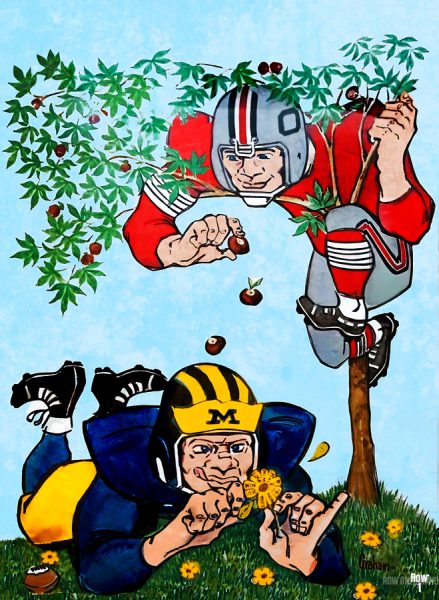Why “The Hunchback of Notre Dame” Is Darker Than You Think
Recently, during a fit of nostalgia I watched a movie that I had seen quite a few times during my childhood. Thinking that it would be the lighthearted tale that I remembered I sat down with a bowl of popcorn in front of my computer and proceeded to stream it on Netflix. After all, it IS a kids movie, so i expected what had become the formula for many Disney classics.
I could not have been more incorrect.
Within the opening scene itself a family of Gypsies are arrested or murdered by the film’s main antagonist, Minister Frollo of Paris. Until this film, Disney focused on lighthearted family-oriented films with vanilla plots and stock characters. Within this movie, however, the audience is immediately faced with death, something that is rare within an animated Disney film. Too add to the sinister nature of the film, the young Quasimodo is nearly dropped down a well before Frollo is catholic-guilt tripped into caring for the malformed baby.
Resigned to live his life hidden away in the bell towers of Notre Dame, the hunchback is delegated to ringing the bells of the cathedral, and spends his free time observing the city life below him, pining away to be included in the Parisian community. This is where Disney takes another turn into the grim nature of the film. As Quasimodo longs to be a normal man, his “father” Frollo, repeatedly demeans him, calling him a disfigured monster that would be ridiculed or killed by society.
Eventually Quasimodo sneaks off and is ridiculed and almost killed by a mob of drunken revelers during the festival of fools, being saved by the gypsy dancer Esmeralda.
This is where the movie takes a turn to the dark.
Strangely enamored with the gypsy Esmeralda, Claude Frollo, who had made it clear earlier in the film that he wanted to commit genocide against the gypsies and cleanse Paris of their filth, goes on to have an entire musical number describing his Catholic-guilt trip/fantasies of the young woman. In this he states that she could either choose him, or the pyre. So, basically the main antagonist of the play states that either Esmeralda must give herself to him in marriage, or that he will destroy her, as nobody but him deserves her.
He proceeds to burn down Paris looking for her, as Quasimodo and the city-guard captain Phoebus attempt to smuggle her away.
Even within Phoebus’ story there are many dark elements, including a scene where he is ordered to burn down a farmhouse with peasants inside, merely because they were known to provide a place to sleep for traveling gypsies.
The play comes to a climatic ending where Frollo attempts to murder both Quasimodo and Esmeralda atop Notre Dame, and goes on to fall to his death into a pool of molten metal, which Quasimodo had poured from the cathedral’s water spouts earlier.
So, in quite an ironic fashion, Frollo is consumed by his own fires of desire, or Hellfire.
In retrospect, this movie is hardly fit for children (though at least they don’t quite understand what they’re watching). Why Disney decided that this was a good idea for a children’s movie, I have no idea, though that does not negate the quality of the film. Because of the divergence from the classic Disney formula, this film stands firmly as one of the penultimate Disney animated films.








